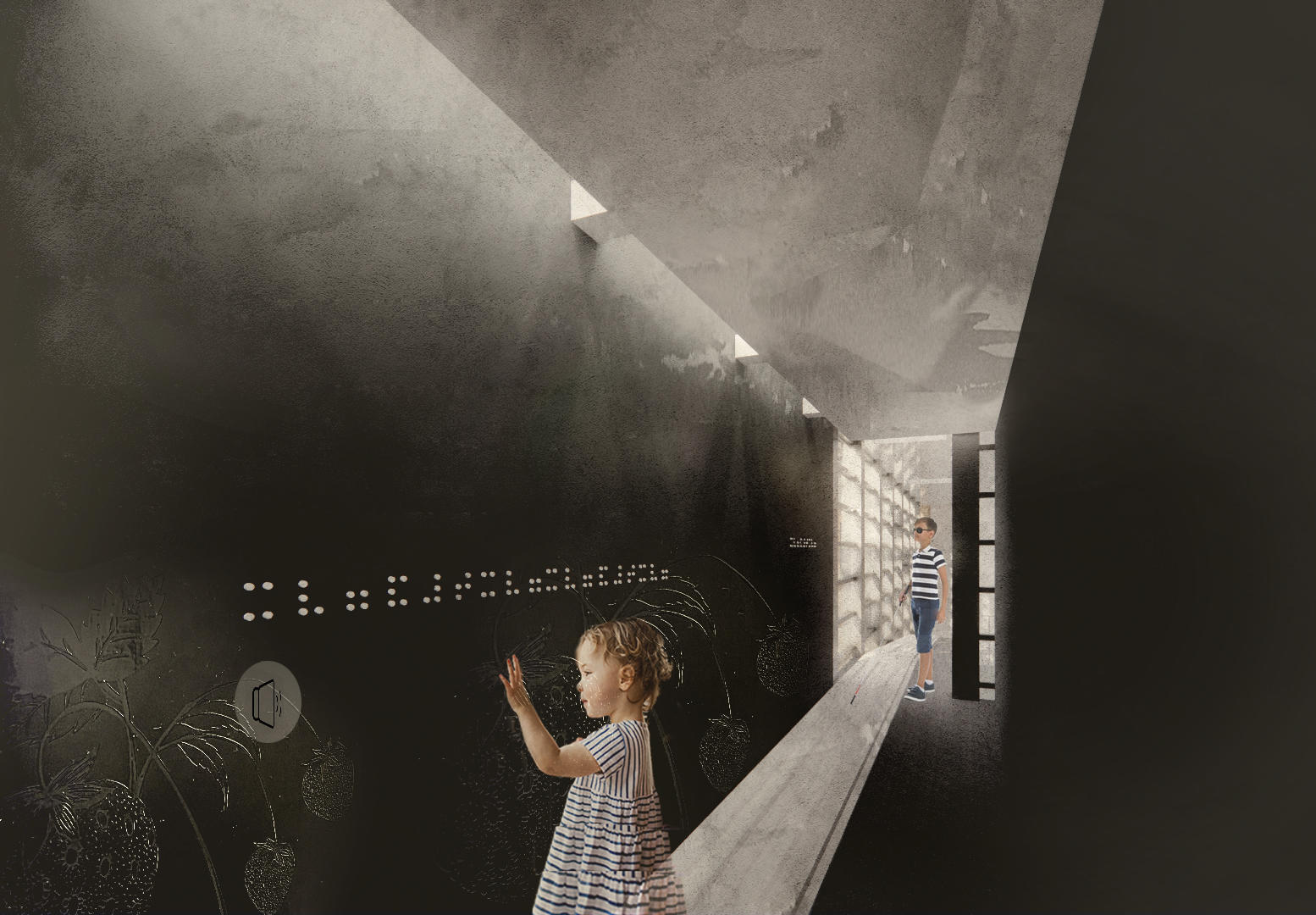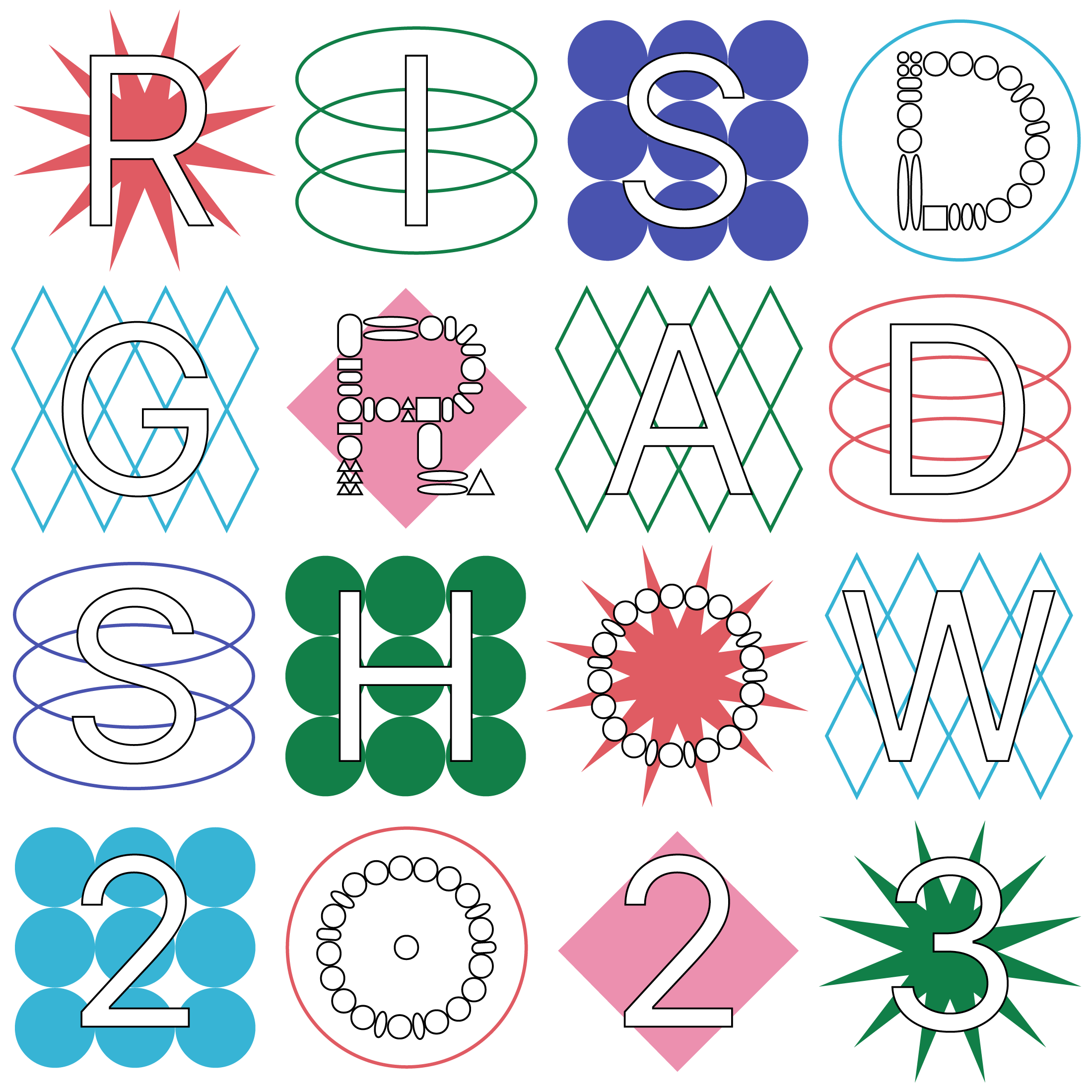Image
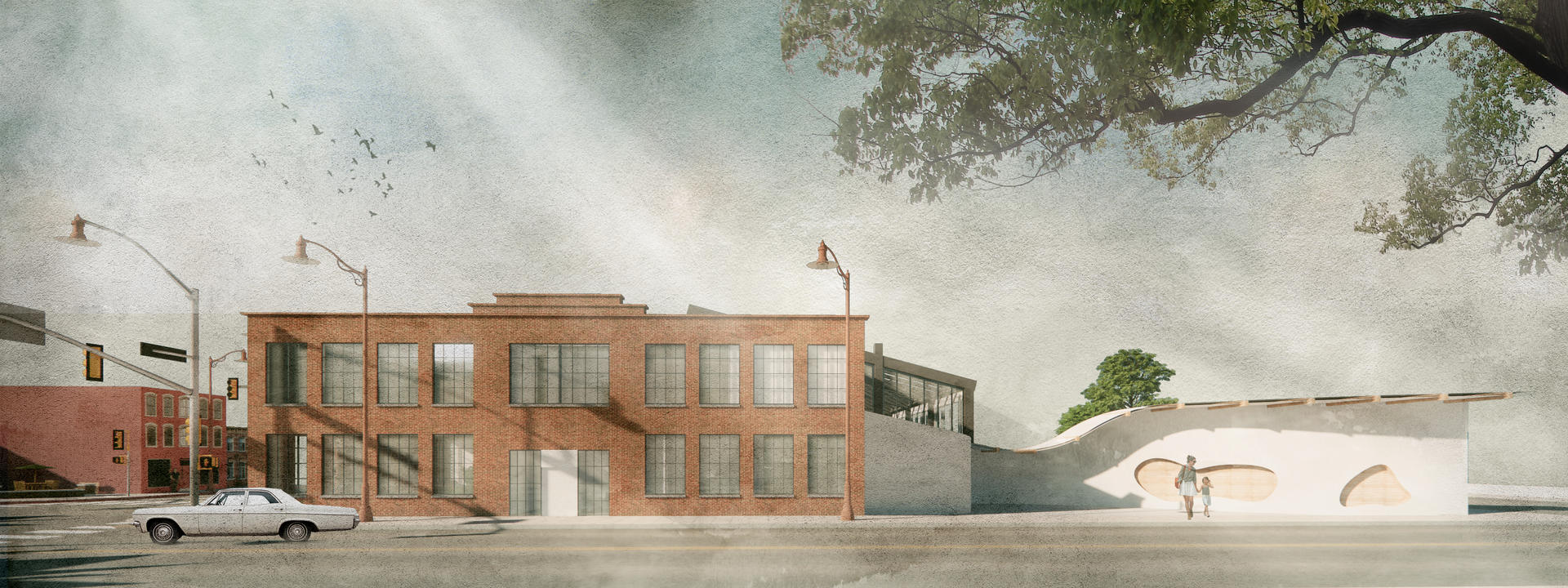
Xueyun Tang
Imaginatorium for children with visual impairment
Although accessible city planning and architecture codes, such as the ADA standards, have significantly improved the lives of people with disabilities by providing physical access to infrastructure, individuals with visual impairments, particularly blind children, still face significant obstacles to fully engage in social activities. Blind children are a vulnerable group that encounters various challenges in developing their cognitive and motor skills, as well as accessing education and social opportunities. In order to gain a deeper understanding of the factors in spatial design that impact blind people's spatial perception, this thesis conducted a review of existing architectural approaches and proposes a set of principles that can enhance the environment's friendliness towards individuals with visual impairments. These principles include considerations for general layout, surface materials, sound, light, color, smell, and signage.
This thesis focuses on the Providence Children's Museum as the site for creating an "imaginatorium" - a playful and imaginative space designed for all children, especially the blind. Through the use of materials, lighting, and child-scale design, the imaginatorium encourages blind children to actively engage with the environment using their other senses, promoting their imagination and socialization skills. The imaginatorium is designed to be a safe and welcoming space for blind children, providing them with opportunities to explore and interact with their surroundings. By creating such a space, this thesis aims to promote greater awareness and understanding of the challenges faced by visually impaired children, and to encourage people of all abilities to consider the needs and experiences of this vulnerable group.
Image
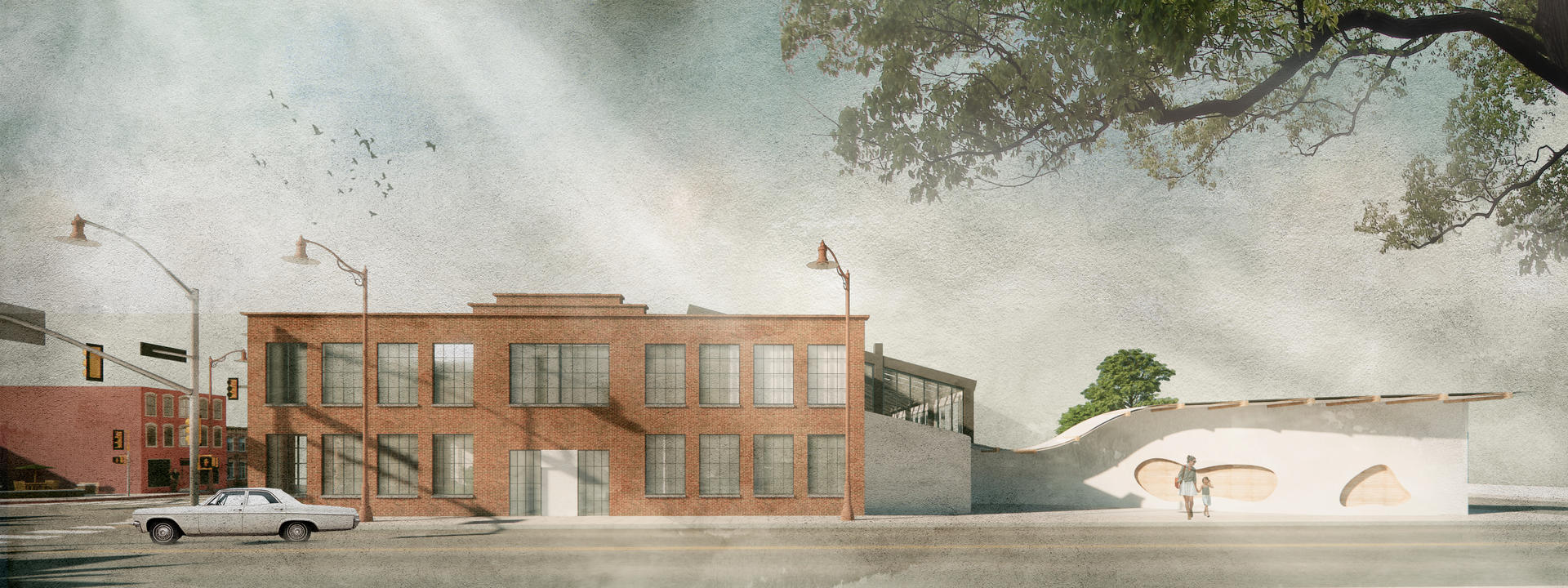
Imaginatorium for children with visual impairment
Image
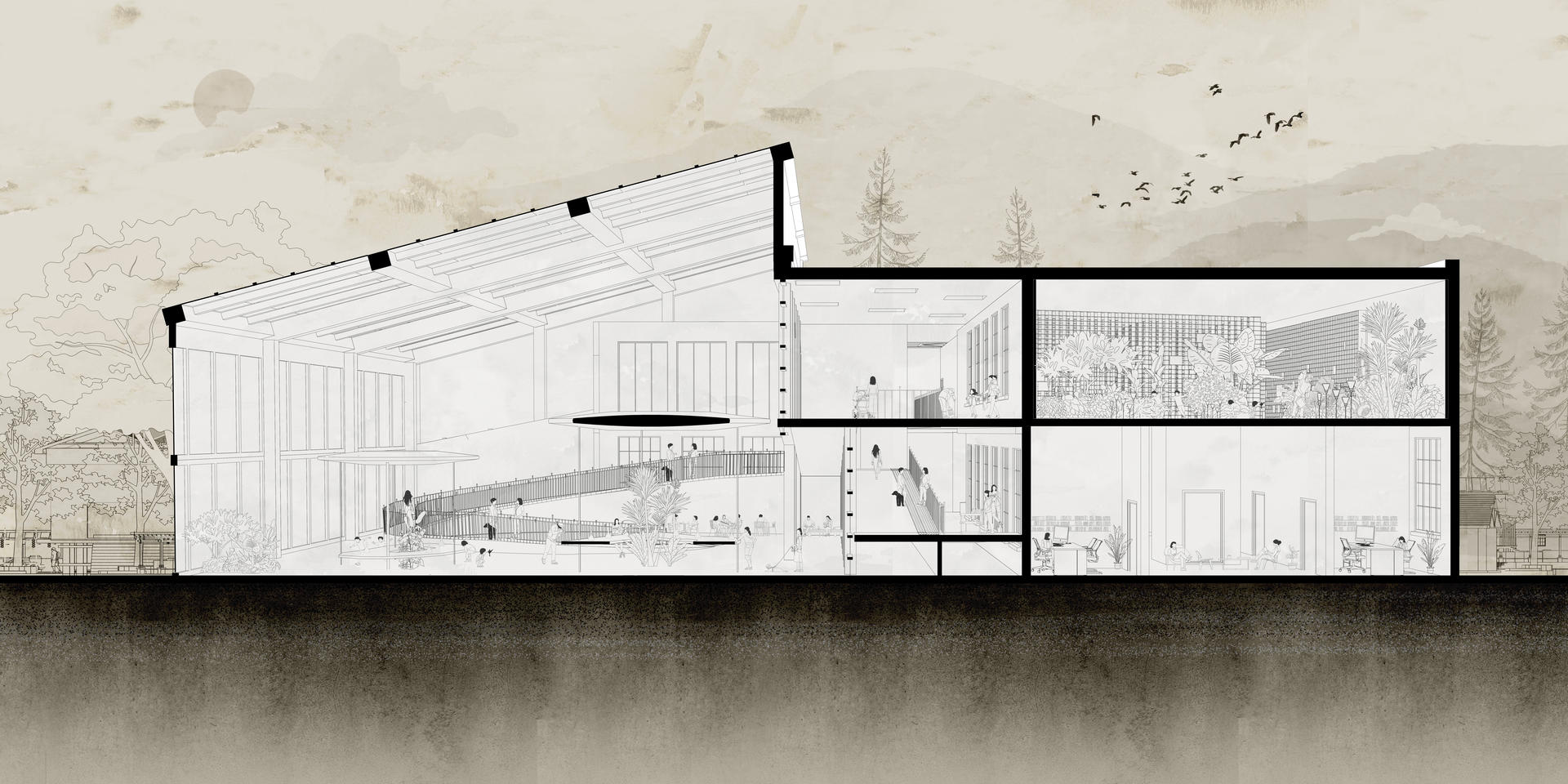
section
Image

explode
Image
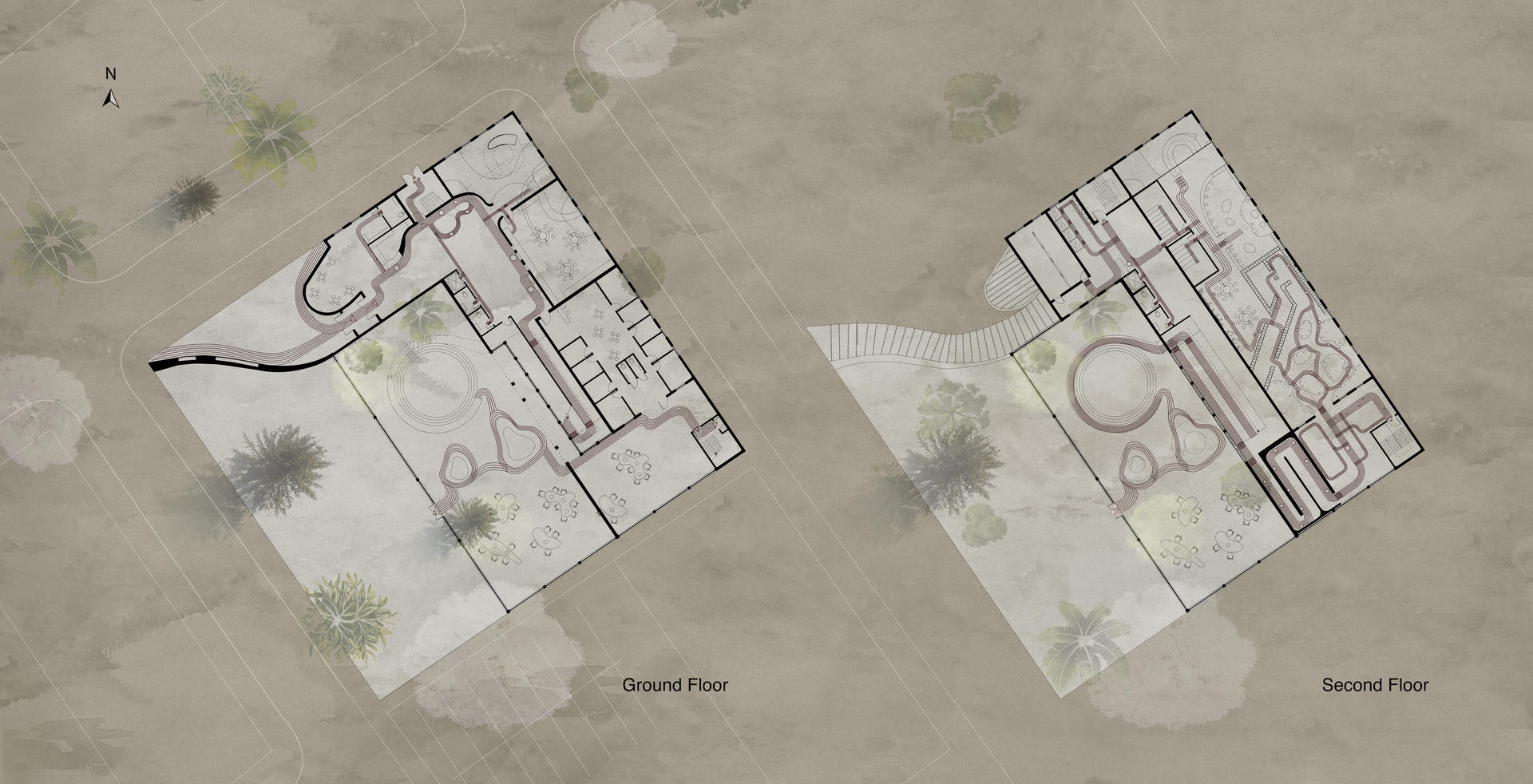
Plan
Image
